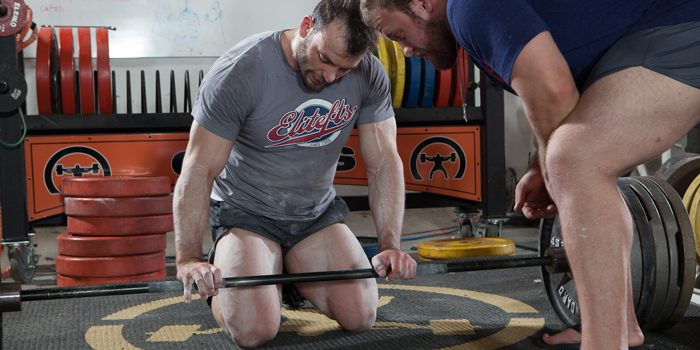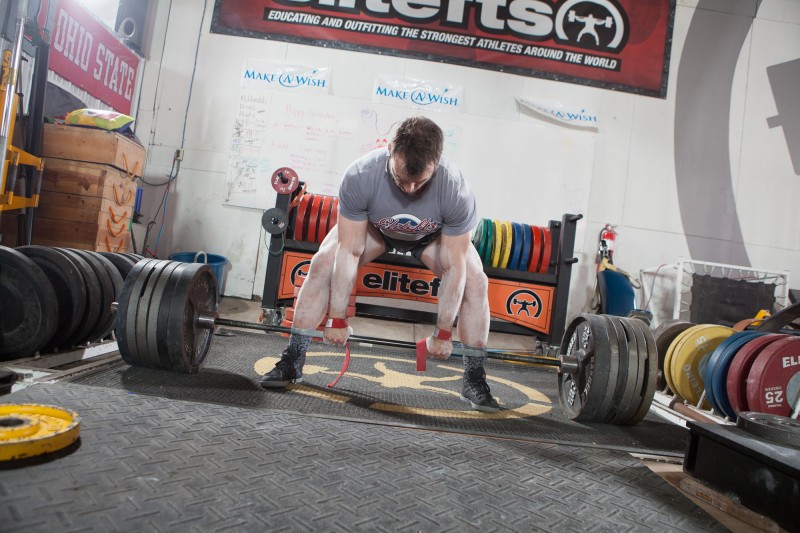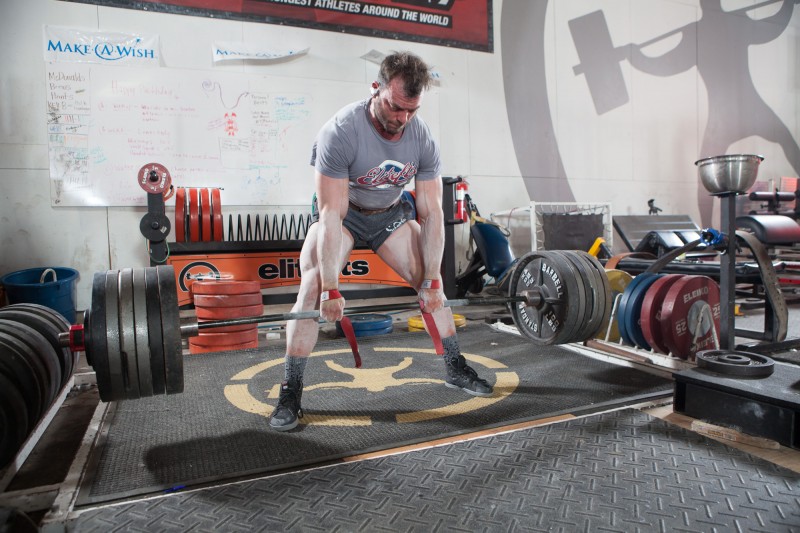
I’ve seen a lot of articles about how to train max effort lately, but I’ve only seen one definition of the max effort method. I will suggest that you think about if that definition is really right for you. Pretty much, it’s the form of your lifts that define what kind of effort you should put in your max. Usually, max effort means that you should try to break your old all-time high lifts every time.
But a more sober way of practicing max effort can be to go for today’s highest max with perfect form. I read about the Russians who did about 600 maxes each year, trying to reach new personal bests every time. Sounds crazy — until I heard about the Bulgarians, who did about 4,000 maxes each year!
RECENT: 230 Max Effort Variations You Can Do With 1 Bar
There is a huge difference between the Russians and the Bulgarians, though, judging by what I read. The Bulgarians aimed for what max they could do with a perfect form; their lifts were judged by their trainers all the time. If the trainer thinks the form suffered under a lift, they didn’t count the lift and their last lifts were set as their max that day.

I think if you used to compete and are a skilled lifter, the Russian style of max effort will suit you best. This is also what the guys at Westside Barbell struggled to achieve, and they are indeed skilled lifters.
But if you don’t have so much of a routine of your lifting and are not used to following the competition signals, the other way of doing max effort could suit you better. It can be enough to keep the form under so heavy lifts as possible. This type of max effort also allows you to train more often and hit your maxes more times every week since it doesn’t stress the shit of your nervous system as much as the other way does. Since you stress your nervous system less, you can also use the same regular powerlifting bar more often without losing your gains.
I assume you are quite familiar with the Westside Barbell method, where they have to switch bars and max effort exercises pretty often just not to stress their nervous system too hard. That’s because they lift close to their 100-percent maxes with full capacity.
Suppose you are a skilled lifter and stop when you start to lose your technique. The more skilled you are, the closer to your 100 percent full capacity max you will get. If you’re not that skilled, you fall off earlier before you hit your highest percent. Maybe at 70 to 90 percent of your all-time high, which gives you 10 to 30 percent of your capacity to put on recovery instead!
As likely as there are temperature differences in hell, it is also likely that you have different skills in the three main exercises: squat, bench press, and deadlift. So, you will have to try out and see what max effort method that will suit your different lifts the best.

Maybe you put them in a cycle where you go for your max for the day two weeks and your all-time high the third week. If so, you should try to have different bars or exercises the third week and close to a regular bar the other two. Then you perfect your technique on a high percent two weeks and unleash your max capacity the third week to get more pure strength development.
To be honest, many people struggle with their technique. And many people who tried the max effort technique and don’t get stronger should try the other way of using it.
For example, techniques are the skills that you use to keep the balance on a bicycle, and strength is the skill to make it move. Even though there are two different skills, we can’t use one without another. If you stop moving on a bicycle, you will probably lose your balance and fall.
- Max effort means maximum performance during a lift, not your personal best.
- Depending on where your performance is lacking, you should modify your maximum effort.
- It is necessary to know yourself under the bar to be able to set up the right max effort program.











2 Comments